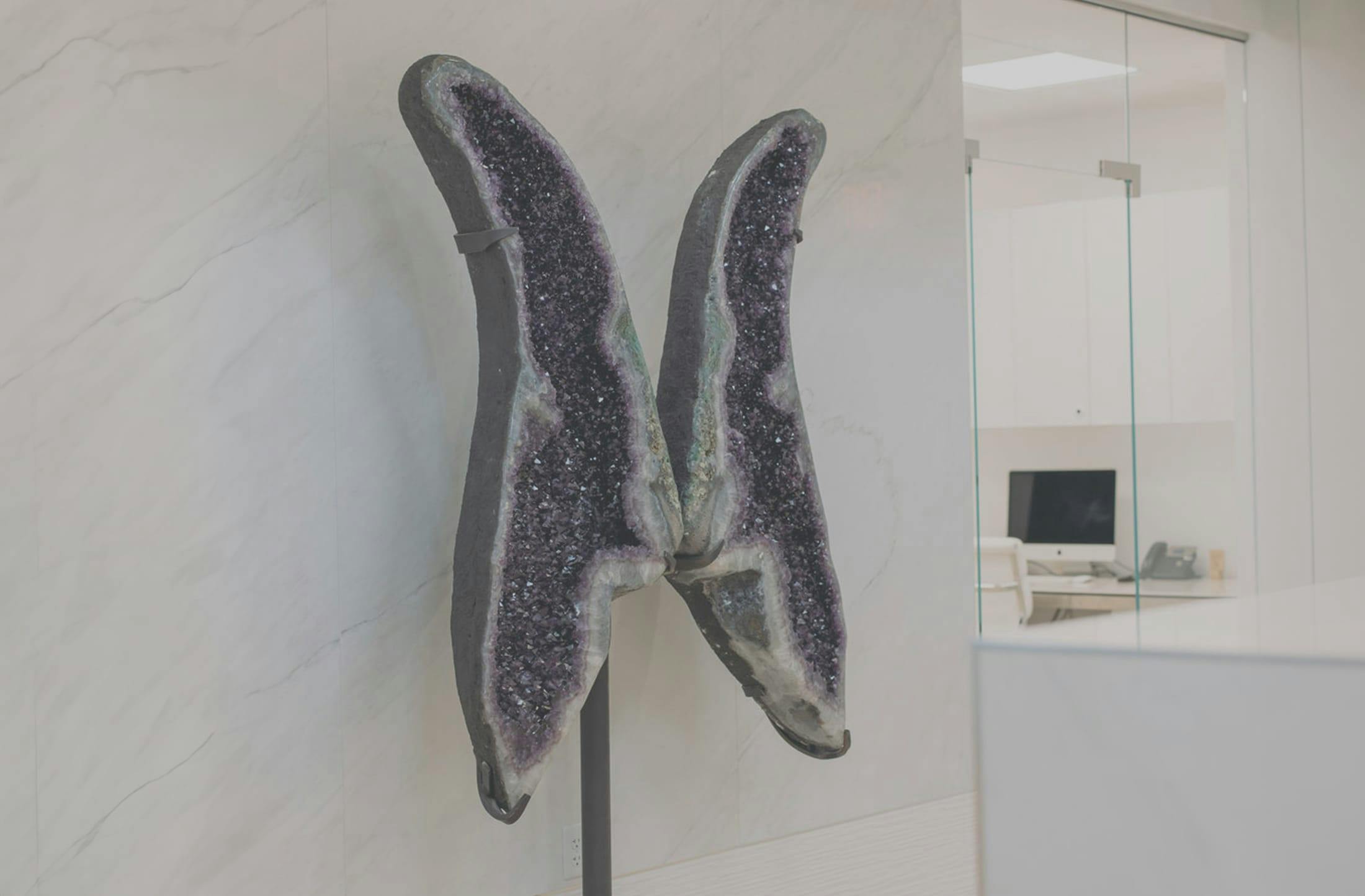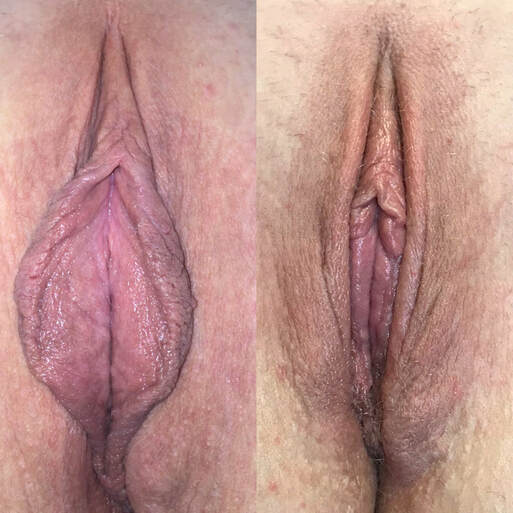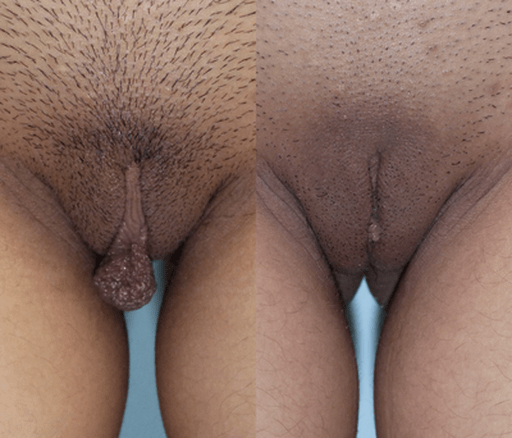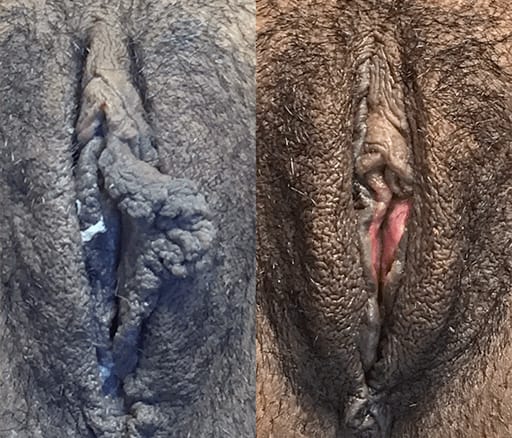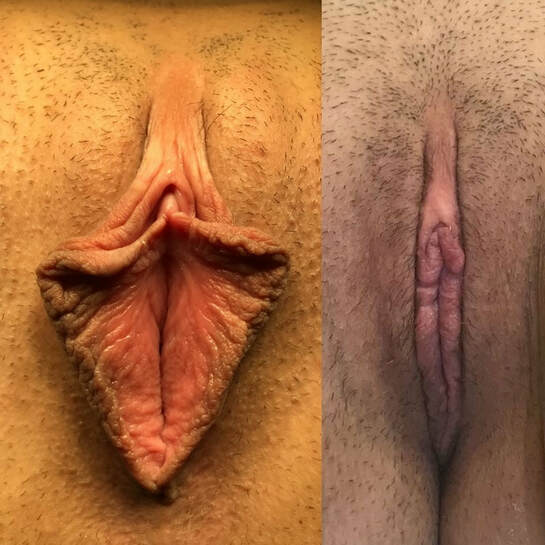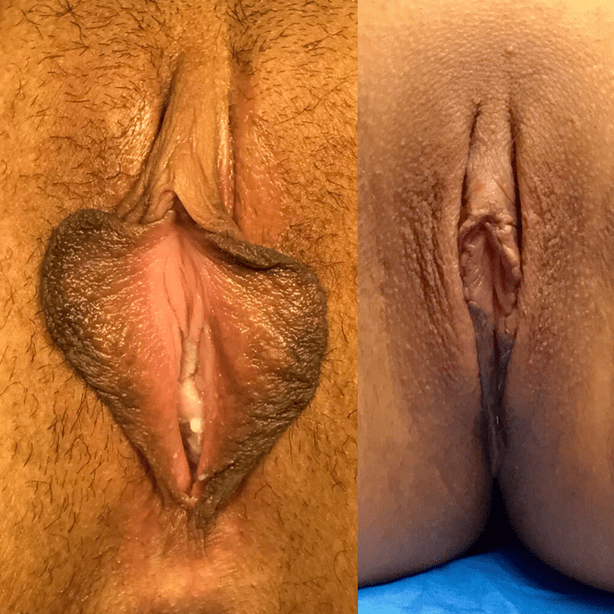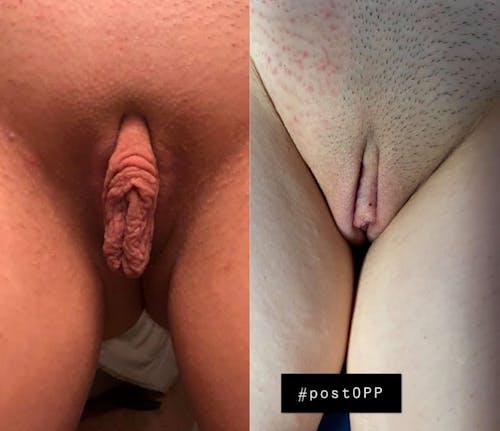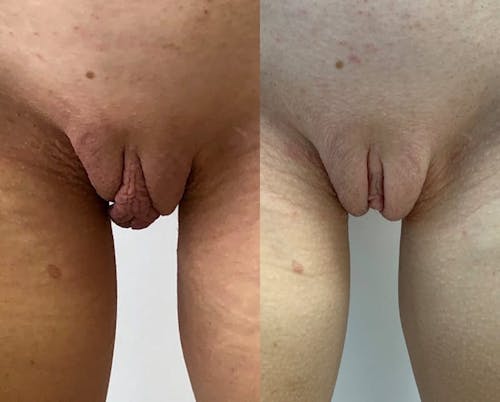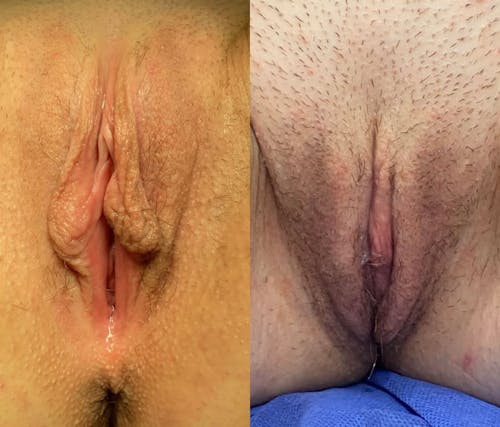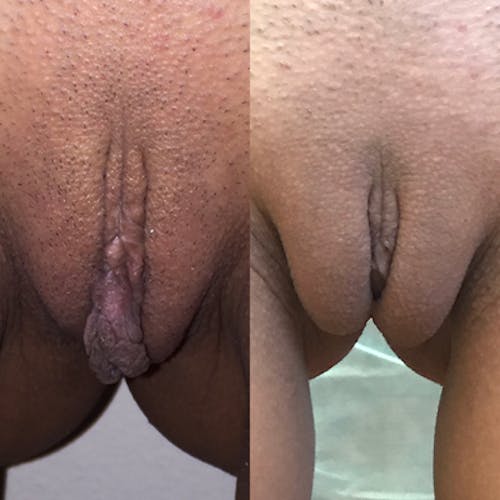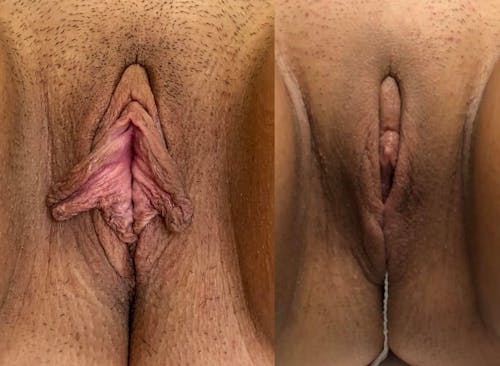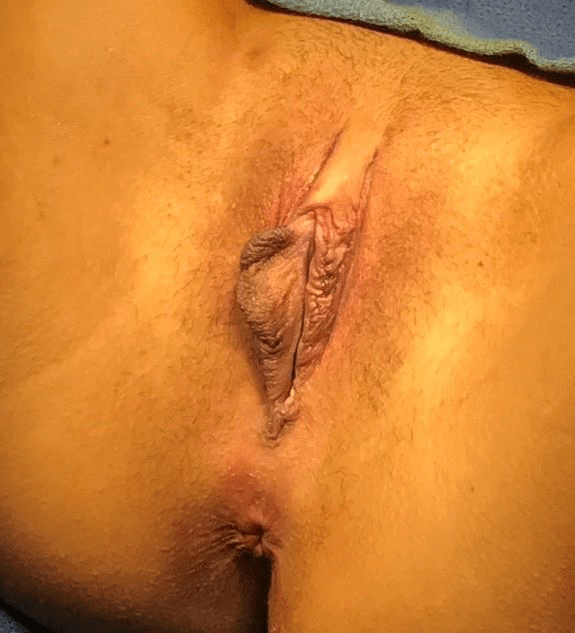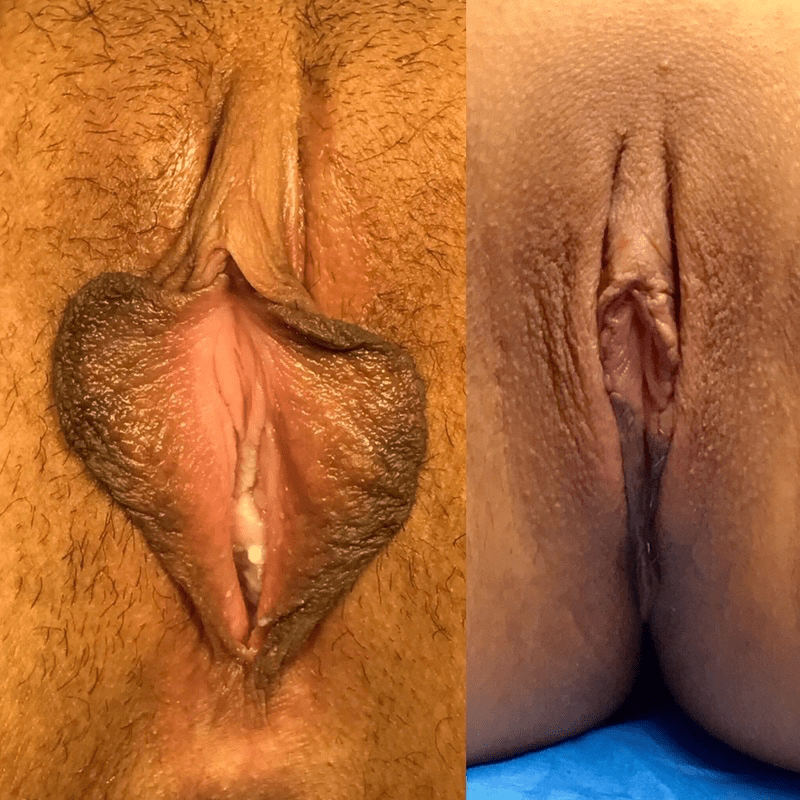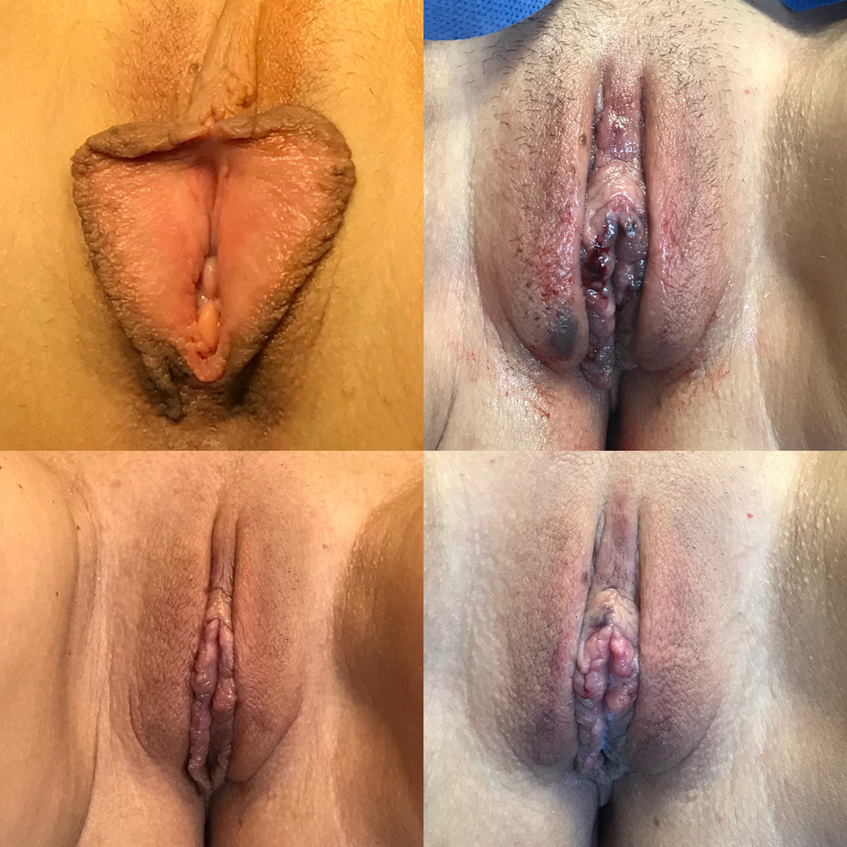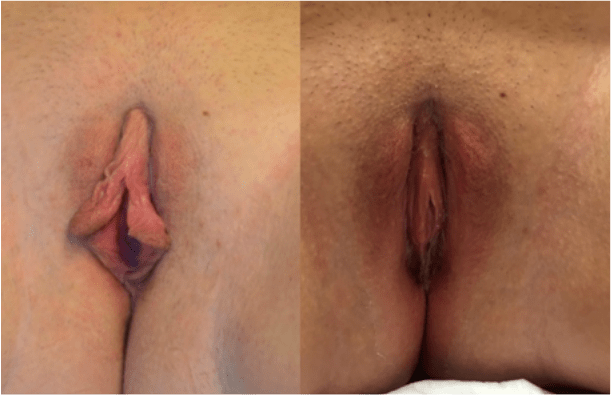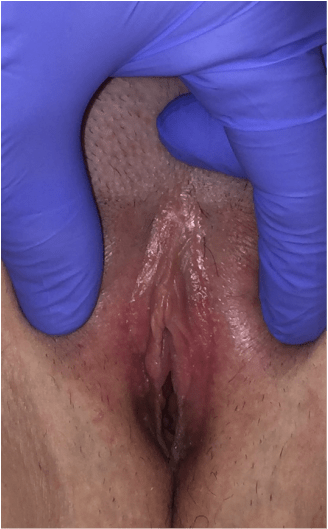Each vagina is different, and therefore, each labiaplasty is different.
Do I Need a Labiaplasty?
I want to take a moment here to pause and state the following: Plastic surgery is only ONE way to achieve empowerment. It is not THE way and certainly not the ONLY way. Whenever we are bothered by our appearance, we have a choice: to accept how we are or to change it with plastic surgery. Each option is empowered, and each option is equally valid.
Most women seek labiaplasty in Orlando for appearance reasons, specifically because of the labia minora "show," where the inner labia (the labia minora) protrudes beyond the outer labia (the labia majora). The labia minora are reduced – not removed – so that there is a more "tucked in" look to the vagina, especially when standing.
Large labia minora can also be symptomatic in that they can get in the way of activities, clothing, and intercourse. A labiaplasty reduces the labia minora to alleviate these symptoms.


